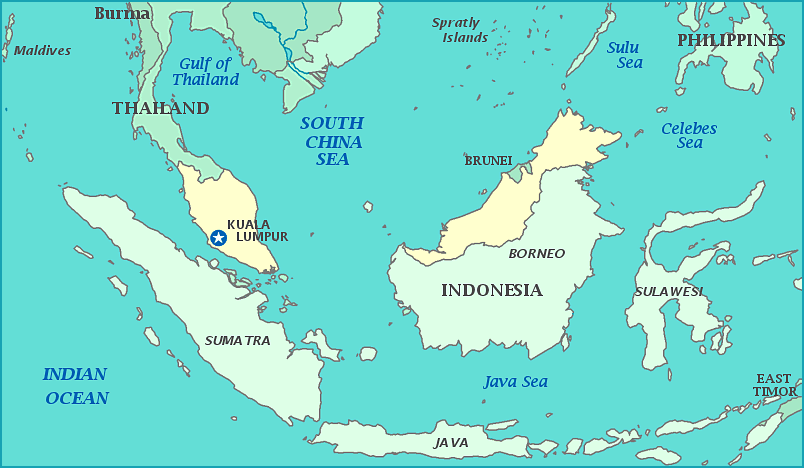Iran’s president Ebrahim Raisi and foreign minister Hossein Amir Abdollahian were declared dead by the state news agency after their helicopter crashed near the Azerbaijan border. This tragic event highlights Iran’s poor aviation safety record and the challenges its aviation sector faces.

How Did the Crash Happen?
The crash occurred on a Sunday night as President Raisi was traveling in Iran’s East Azerbaijan province with two other helicopters. The state TV reported that Raisi’s helicopter made a “hard landing” near Jolfa, a city close to the Azerbaijan border, about 600 km from Tehran.
A Turkish drone identified heat from the suspected crash site and shared the coordinates with Iranian authorities. The helicopter, a US-made Bell 212, had to make an emergency landing due to bad weather and fog. This model has not been sold to Iran since the 1979 revolution, making it challenging to obtain spare parts, which may have contributed to the crash.
Iran’s Poor Aviation Record
Iran’s aviation sector has struggled since the 1979 revolution, largely due to US sanctions that make it difficult to buy new aircraft or parts. As a result, Iranian airlines often rely on old planes and must strip some for parts. The average age of aircraft used by leading Iranian airlines is over 20 years, with some planes more than 30 years old.
Since 2000, there have been 22 fatal air accidents in Iran. The worst recent crash was in February 2003, when a Russian-built plane carrying Revolutionary Guards crashed, killing 275 people.
What Happens Next?
With President Raisi’s death, Vice-President Mohammad Mokhber, 68, will step in. According to Iran’s constitution, a new presidential election must be organized within 50 days. Mokhber, who is close to Supreme Leader Ayatollah Ali Khamenei, will oversee this process.
Impact on the Middle East
President Raisi’s death comes at a tense time in the Middle East. Iran has been retaliating against Israel following an airstrike that killed Iranian generals. Iran also supports Hezbollah in Lebanon and has expressed solidarity with Palestinians during the ongoing Gaza conflict.
Hamas and Yemen’s Houthi rebels, allies of Iran, have shown support for Iran following the crash. The death of President Raisi could further complicate Iran’s relations with other Middle Eastern countries and influence its actions in regional conflicts.
Verdict
The helicopter crash that killed Iran’s President Raisi underscores the country’s aviation challenges and the broader geopolitical implications of such a significant event. As Iran navigates this tragedy, the focus will be on maintaining stability and addressing the long-standing issues within its aviation sector.






















